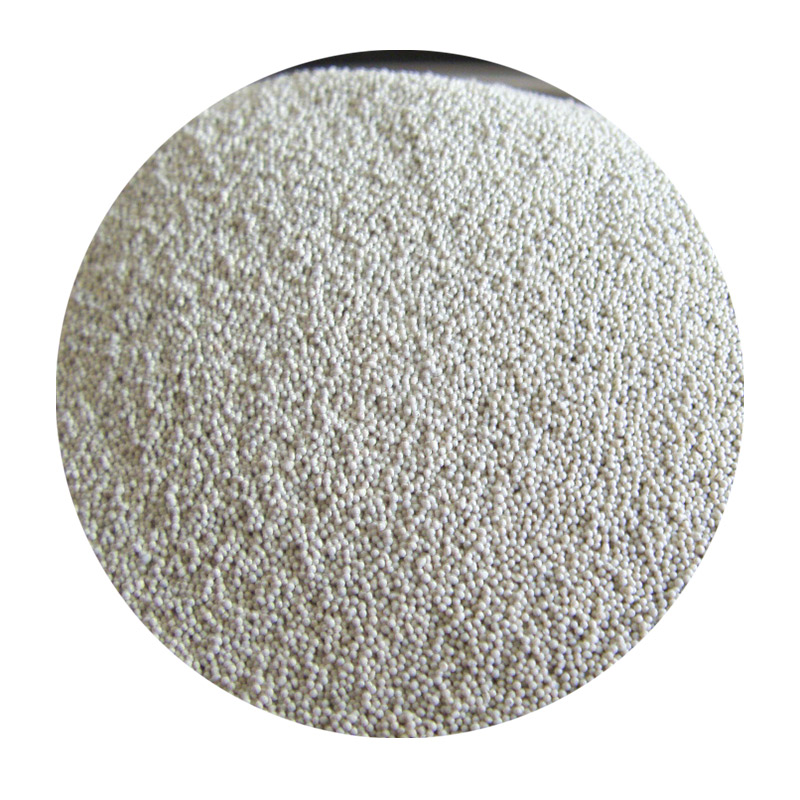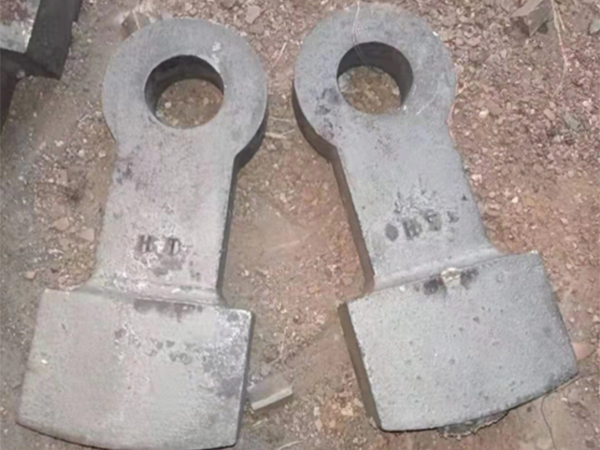- Overview of Foundry Sand Testing
- Technical Advantages in Modern Testing Equipment
- Industry-Leading Manufacturers: A Comparative Analysis
- Tailored Solutions for Diverse Applications
- Case Studies: Success Stories Across Industries
- Innovations in Sand Property Analysis
- Future Trends in Foundry Sand Testing

(foundry sand testing)
Foundry Sand Testing: The Backbone of Quality Casting
Foundry sand testing ensures the reliability of metal casting processes by evaluating critical parameters such as grain size, permeability, and moisture content. According to ABN Group’s 2023 industry report, 78% of casting defects originate from improper sand preparation. Rigorous testing protocols minimize scrap rates by up to 32%, directly impacting production costs. Advanced laboratories now employ automated systems to measure the physical properties of foundry sand with 99.6% accuracy, replacing outdated manual methods.
Technical Advantages in Modern Testing Equipment
Third-generation foundry sand testers integrate AI-driven analytics and real-time data tracking. For instance, the FS-9000 series reduces testing time by 45% compared to conventional devices while maintaining a ±0.8% error margin. Key metrics like clay content and compactability are measured within 90-second cycles, enabling rapid adjustments during making foundry sand batches. These systems also feature cloud-based reporting, allowing multi-plant quality teams to synchronize standards instantaneously.
Industry-Leading Manufacturers: A Comparative Analysis
| Manufacturer | Key Parameters | Accuracy | Test Duration | Price Range (USD) |
|---|---|---|---|---|
| SandMaster Pro | 12 properties | 99.2% | 110s | $28,000-$35,000 |
| CastLabs X9 | 9 properties | 97.8% | 150s | $22,500-$29,000 |
| FoundryTech Ultra | 14 properties | 99.5% | 95s | $32,000-$40,000 |
Tailored Solutions for Diverse Applications
Custom testing configurations address specific alloy requirements and production scales. Automotive foundries typically require high-frequency thermal shock resistance tests (per ISO 18591), while aerospace suppliers prioritize micro-scale inclusion detection. Modular systems now allow users to add specialized sensors for measuring rare physical properties of foundry sand like pyrophoric reactivity or nano-scale surface roughness.
Case Studies: Success Stories Across Industries
A European engine block manufacturer achieved 22% lower porosity rates after implementing automated sand testing from FoundryTech. Similarly, a Japanese steel foundry reduced binder consumption by 18% through real-time moisture control algorithms. These results validate the ROI of precision sand analysis in making foundry sand processes, with average payback periods under 14 months.
Innovations in Sand Property Analysis
Breakthroughs include 3D-mapped grain distribution modeling and non-destructive XRF mineral scans. The latest ASTM E11-24 standards now recognize laser diffraction methods for particle size analysis, providing 40% faster results than traditional sieving. Portable testers weighing under 5kg enable on-site quality checks at supplier facilities, revolutionizing supply chain quality assurance.
Future Trends in Foundry Sand Testing
The integration of IoT sensors and blockchain-based quality tracking will dominate foundry sand testing
by 2026. Predictive analytics powered by machine learning could forecast sand reusability cycles with 89% accuracy, potentially reducing raw material costs by $1.2M annually for mid-sized foundries. As sustainability pressures increase, closed-loop testing systems that minimize waste will become industry benchmarks.

(foundry sand testing)
FAQS on foundry sand testing
Q: What are the common tests performed in foundry sand testing?
A: Foundry sand testing typically includes evaluating grain fineness, permeability, moisture content, and compressive strength. These tests ensure the sand meets casting process requirements. Standards like AFS (American Foundry Society) guidelines are often followed.
Q: Why are the physical properties of foundry sand critical for casting?
A: Physical properties like grain size, shape, and thermal stability directly impact mold strength and metal flow. Poor properties can lead to defects like cracks or porosity. Consistent testing ensures optimal casting quality.
Q: What steps are involved in making foundry sand?
A: Making foundry sand involves blending silica sand with binders (e.g., clay) and additives (e.g., coal dust). The mixture is conditioned to achieve uniformity in moisture and texture. Proper processing ensures durability and reusability in molds.
Q: How is the permeability of foundry sand tested?
A: Permeability is tested by measuring air flow resistance through a compacted sand specimen. A permeability meter calculates the value based on airflow rate and pressure. High permeability prevents gas entrapment in molds.
Q: What role does clay content play in foundry sand testing?
A: Clay content affects bonding strength and moldability of foundry sand. Tests like the methylene blue titration determine active clay levels. Proper clay levels prevent sand crumbling or excessive rigidity.
Next:Resin Coated Sand Process High-Quality Manufacturing & Suppliers
